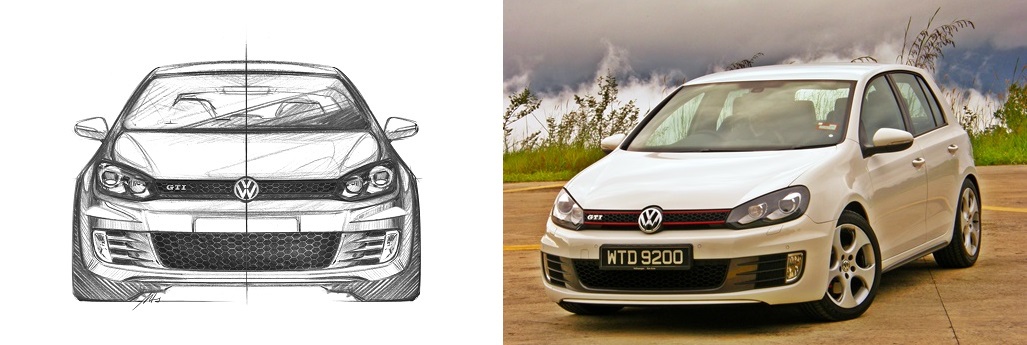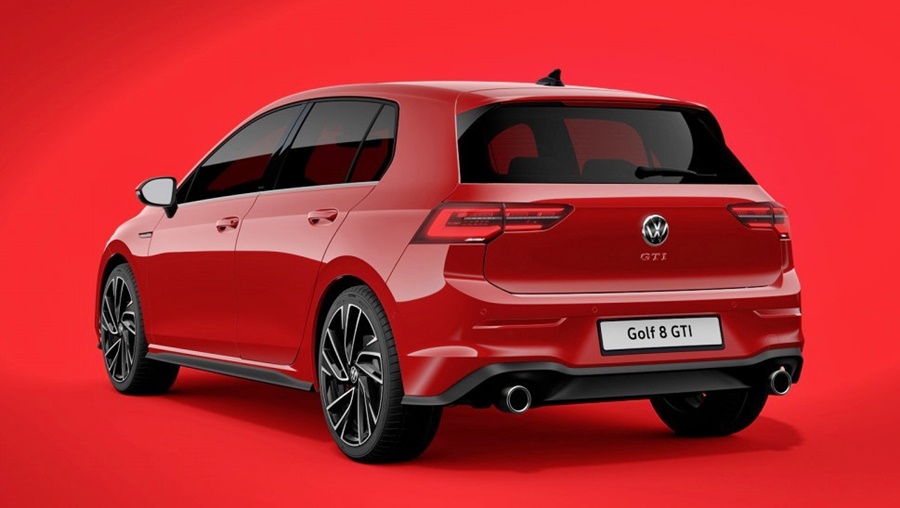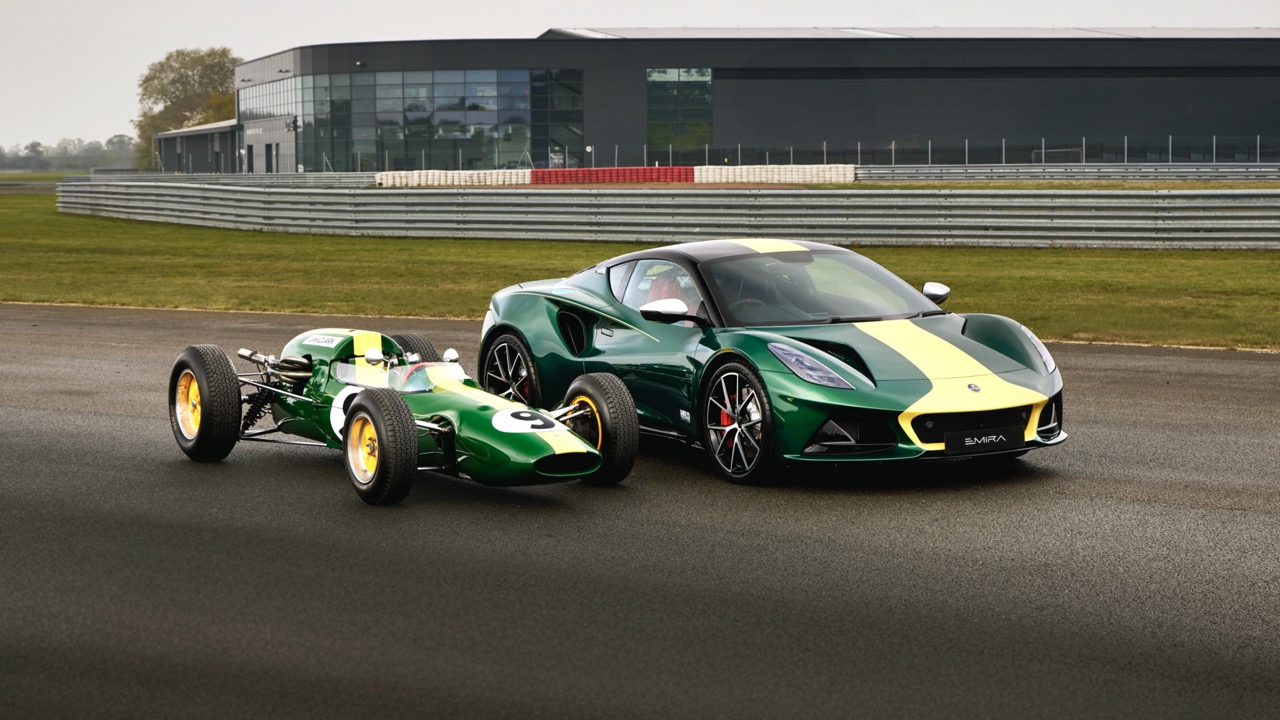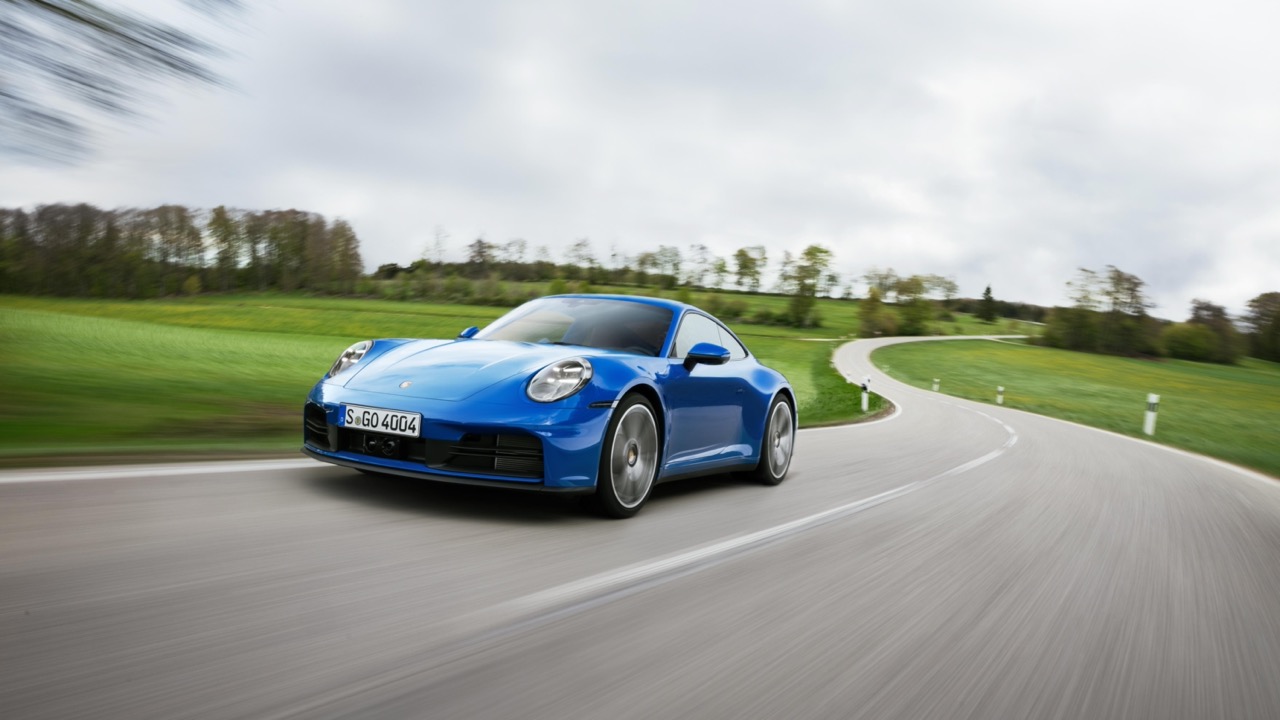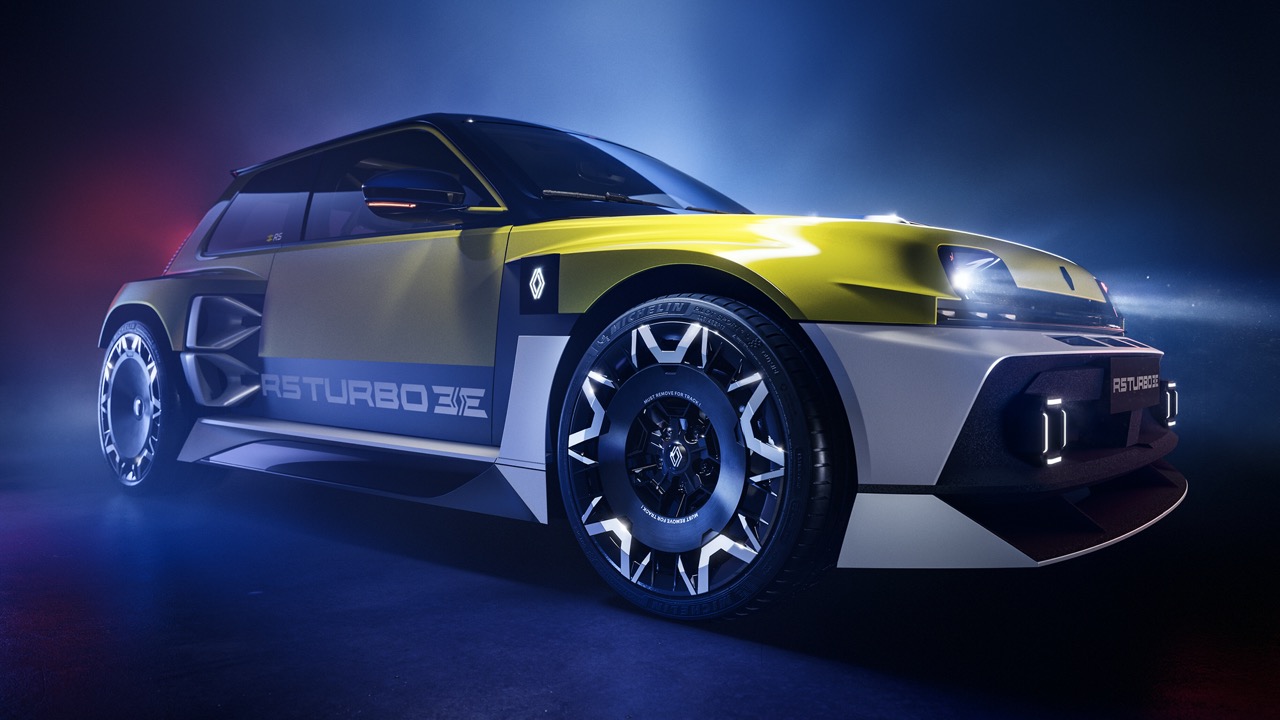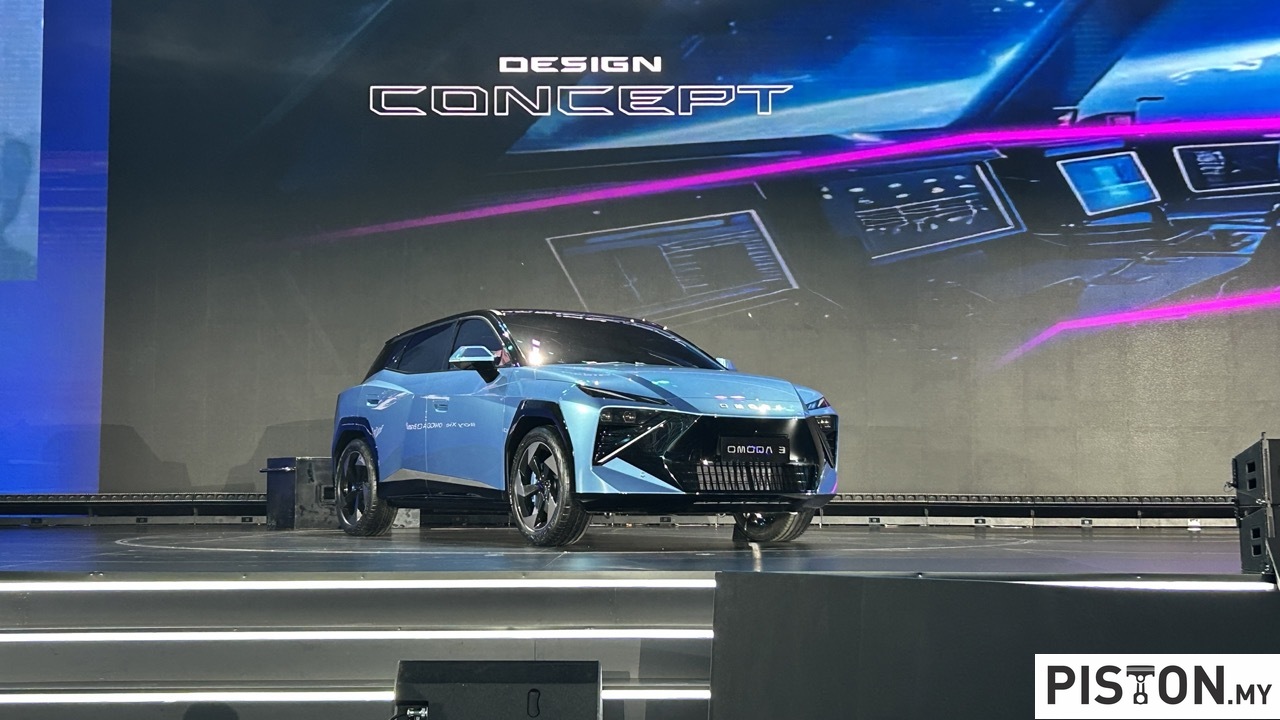Launched at the International Motor Show (IAA) in Frankfurt in September 1975, the first Volkswagen Golf GTI was a fresh and wild newcomer. Going on sale the following year, it stormed into an automotive category that hadn’t actually existed until that moment – the sporty front-wheel drive compact car, or what would come to be called ‘hot hatches’. Until that time, hatchbacks had been just more utilitarian cars without a performance image.
Originally, Volkswagen expected to sell 5,000 units but the affordable Golf GTI, with driving dynamics previously relegated to the world of expensive sports cars brought to the masses, saw all the production gone from showrooms within a very short time.
Consequently, the carmaker replanned for more and a total of 461,690 units of the Golf GTI of the first generation left the production lines at Wolfsburg. With seven generations to date, it has become the world’s most successful compact sportscar.
Mark 1 (1976 – 1983)
In 1974, half a dozen staff members at Volkswagen came up with a secret plan to develop a sporty version of the Golf. There was no official mandate to develop a ‘Sport Golf’, but Hermann Hablitzel, Board Member for Technology, was enthusiastic made sure the project kept going. Initial prototypes emerged and by early March 1975, the Sport Golf project was presented to Toni Schmucker, Chairman of the Board of Management, who gave it the green light.
As a result, the clandestine Sport Golf officially became development order ‘EA195’. It was paired with the right power unit – a fuel-injected engine generating 110 ps. However, the Sport Golf didn’t even have then. Suggestions included TS and GTS, but GTI got the most votes. At the same time, chief designer Herbert Schafer – a keen golfer – reinvented the shifter knob by simply attaching a golfball to the GTI’s selector rod!
The car was showcased in Frankfurt, receiving an enthusiastic media response. In June 1976, the Golf GTI Mk 1 was launched in Germany before going on to enjoy global success. The initial plan was to manufacture 5,000 units of this special product line to at least recoup the cost of development and the investment in production equipment.
However, things turned out rather differently as the GTI’s level of popularity was unexpected. The GTI had a top speed of 180 km/h, black wheelarch extensions, a black frame around the rear window, red edging around the radiator grille, plaid sport seats, that golfball shifter knob, and a sport steering wheel.
Mark 2 (1984 – 1992)
The second generation of the Golf GTI perpetuated the concept and design DNA of the first generation. The GTI’s insignia – in particular, the red strip in the radiator grille and the plaid sport seats – became classic design features and the newcomer ultimately also became an icon.
In 1984, its year of launch, the engine output briefly dropped to 107 ps as a result of the fitment of a catalytic converter. But 2 years later, Volkswagen engineers offset the loss of power with a new 16-valve unit generating 129 ps. By 1990, the G-Lader supercharged engine in the Golf GTI G60 boosted output to 160 ps, accelerating the performance increases for the model.
Mark 3 (1991 – 1998)
Restyled for the third generation, the dual headlights of the previous generation had now been concealed behind a shared lens and the engine output started from 115 ps. One year later, the number rose to 150 ps with a new 16-valve engine.
In 1996, a turbocharged diesel version (TDI) generating 110 ps enhanced the GTI concept. Years later, petrol and diesel engines would be divided once and for all into GTI and GTD.
Mark 4 (1998 – 2005)
The fourth generation of the GTI, introduced in 1998, was modest in terms of GTI styling. It was the first and only GTI to do away with classic cues including the red strip in the radiator grille. Nevertheless, the hot hatch still became a design icon, celebrated today as the starting point of a new, cleaner era of vehicle design.
In terms of technology, the 150-ps Golf GTI Mk4 was a car that kept competitors at arm’s length with its agility and quality. The petrol engines—with 4 and 5 cylinders—generated up to 170 ps while turbodiesel engines delivered a maximum of 150 ps. In 2001, celebrating the icon’s first quarter century was a turbocharged ‘25 years of GTI’ special edition generating 180 ps.
Mark 5 (2004 – 2009)
In September 2003, Volkswagen unveiled a prototype of the fifth-generation GTI in Frankfurt. More than ever before, GTI had become synonymous with outstanding compact-car handling. The production version appeared at the Paris Motor Show the following year, going on sale from November.
Its hallmarks were a significantly sharper look, a 200-ps turbocharged engine and of course, even better handling. The GTI concept was propelled into the future with this version. The new Denver design wheels and the black, V-shaped radiator grille were particularly striking features.
The new turbocharged engine also delivered plenty of power, rocketing the GTI (with a manual gearbox) from 0 to 100 km/h in 7.2 seconds. With the new dual-clutch automatic transmission (DSG), the time fell to 6.9 seconds. The top speed reached 235 km/h. On the 30th anniversary in 2006, the engineers delivered a special edition with an output of 230 ps.
Mark 6 (2009 – 2012)
For the sixth generation, racing legend Hans-Joachim Stuck was brought in to help refine the car’s suspension and handling. It featured an electronic differential lock (XDS) for the first time. With a top speed of almost 240 km/h, this GTI had a turbocharged engine generating 210 ps as standard. A sound generator and a new exhaust system, with a tailpipe on either side, delivered sound to match the drive experience.
In 2011, the GTI was made available with a convertible variant for the first time. Again, the engineers produced a special anniversary version, the Golf GTI Edition 35, which had a 235 ps engine.
The new GTI flagship was presented at the Nurburgring and it was the first to come very close to reaching 250 km/h. Thanks to a power-to-weight ratio of 5.9 kg/ps, the GTI had become faster than ever before, reaching 100 km/h from rest within 6.6 seconds.
Mark 7 (2013 – 2020)
The seventh generation of the GTI arrived with two engine outputs for the first time in early 2013. The basic version delivered 220 ps, while the Golf GTI Performance went up to 230 ps. The latter was the first Golf GTI to feature an electronically-controlled torque-sensing limited-slip differential and to be constructed on the modular transverse matrix (MQB).
This new platform cut the GTI’s weight by up to 42 kgs compared with its predecessor, allowing it to be even more agile. With a manual transmission, it was the first Golf GTI to reach 250 km/h.
It formed the basis for the Golf GTI Clubsport, introduced in November 2015, with an engine output of 290 ps, thanks to an overboost function. The 0 – 100 km/h time of 5.9 seconds was easily achieved.
A year later, the Golf GTI Clubsport S – with an output of 310 ps – smashed the previous record for front-wheel drive cars around the Nurburgring’s Nordschleife in 7:49:21 minutes, during which time it reached a top speed of 264 km/h.
From mid-2020…
More than 2.3 million units of the Golf GTI were produced by the end of 2019. After 45 years, Volkswagen has again reinvented the icon for the latest generation. The 8th generation GTI has revolutionary ideas with evolutionary development to become a fully-fledged sportscar. It is the first Golf GTI of the digital age.
A new Vehicle Dynamics Manager control system controls the XDS electronic differential lock, front-axle locking differential functions, and also the lateral dynamics ratio of the controllable damping system (DCC) that forms part of the new GTI running gear set-up.
The 245 ps 2.0-litre turbocharged direct injection engine is now standard. It is coupled with a manual 6-speed gearbox, a firm favourite with sportscar purists. The quick-shifting 7-speed dual clutch gearbox (DSG) is also available as an alternative.
UX designers developed a new GTI graphic for the standard Digital Cockpit. It is made up of a combination of 3 round meters which can be individually assigned to show, for instance, the engine’s boost pressure or the current power output.
Visit www.volkswagen.com.my to know more about Volkswagen models in Malaysia.
Digital Cockpit of new VW Golf 8 brings revolutionary new features to the driver











